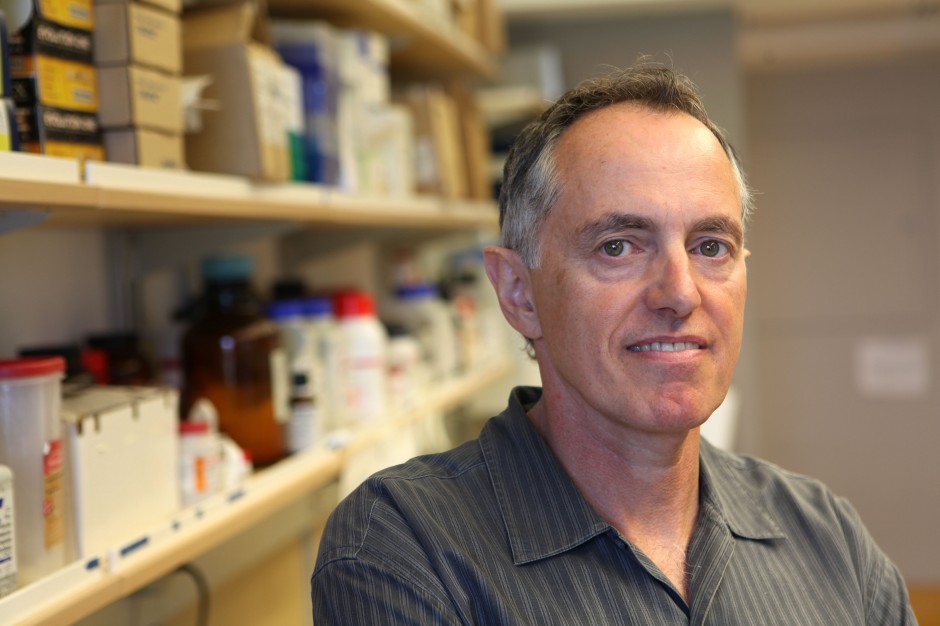A molecule that “mops up” the toxic by-products of oxidative stress might be the key to blocking the devastating effects of Huntington disease.
The molecule, HACE1, was first identified as a protective protein against childhood cancers by Poul Sorensen, a Professor of Pathology and Laboratory Medicine. Now he and his collaborators at UBC have shown that it performs the same function in protecting brain cells.
Oxidative stress, a sequence of harmful chemical reactions that disrupt the normal functioning of cells, particularly their membranes and DNA, has been implicated in various diseases. Healthy cells protect themselves from oxidative stress by releasing a molecule called NRF2, which switches on the production of proteins and enzymes that break down the toxic by-products of oxidative stress.
In this study, published Feb. 10 in the Proceedings of the National Academy of Sciences, Dr. Sorensen’s team found that HACE1 activates NRF2.
“This is a glowing example of how work in one field, namely childhood cancers, where we first identified the HACE1 gene, has applications to a completely different disease,” said Dr. Sorensen, a Senior Scientist at the BC Cancer Agency.
Huntington disease is an inherited condition that causes cells in parts of the brain to waste away, resulting in a range of cognitive, behavioural and movement disorders that get worse over time. Persons with this disease usually die within 15 to 20 years of developing the first symptoms, often because of infection. Suicide is also common.
In this study, Dr. Sorenson and his collaborators at the Centre for Molecular Medicine and Therapeutics (CMMT), looked at mice with and without the HACE1 gene and found that those lacking the gene had more oxidative stress in the brain, and their response to this was impaired. Depleting HACE1 in cells also resulted in reduced NRF2 activity, leading to lower tolerance against oxidative stress triggers.
The scientists also looked at human brain samples from Huntington disease patients and found a striking reduction of HACE1 levels in the striatum – the area of the brain where the disease develops and is most damaged.
Finally, they looked at HACE1 in a cellular model of Huntington disease, and found that upping expression of the gene in nerve precursor cells protected them against oxidative stress.
“If we were able to find a way to boost this pathway, we might be able to develop a treatment that halts, or even reverses progression of Huntington disease,” said lead author Barak Rotblat, who conducted most of the research as a postdoctoral fellow with Dr. Sorensen and with investigators at the CMMT.
